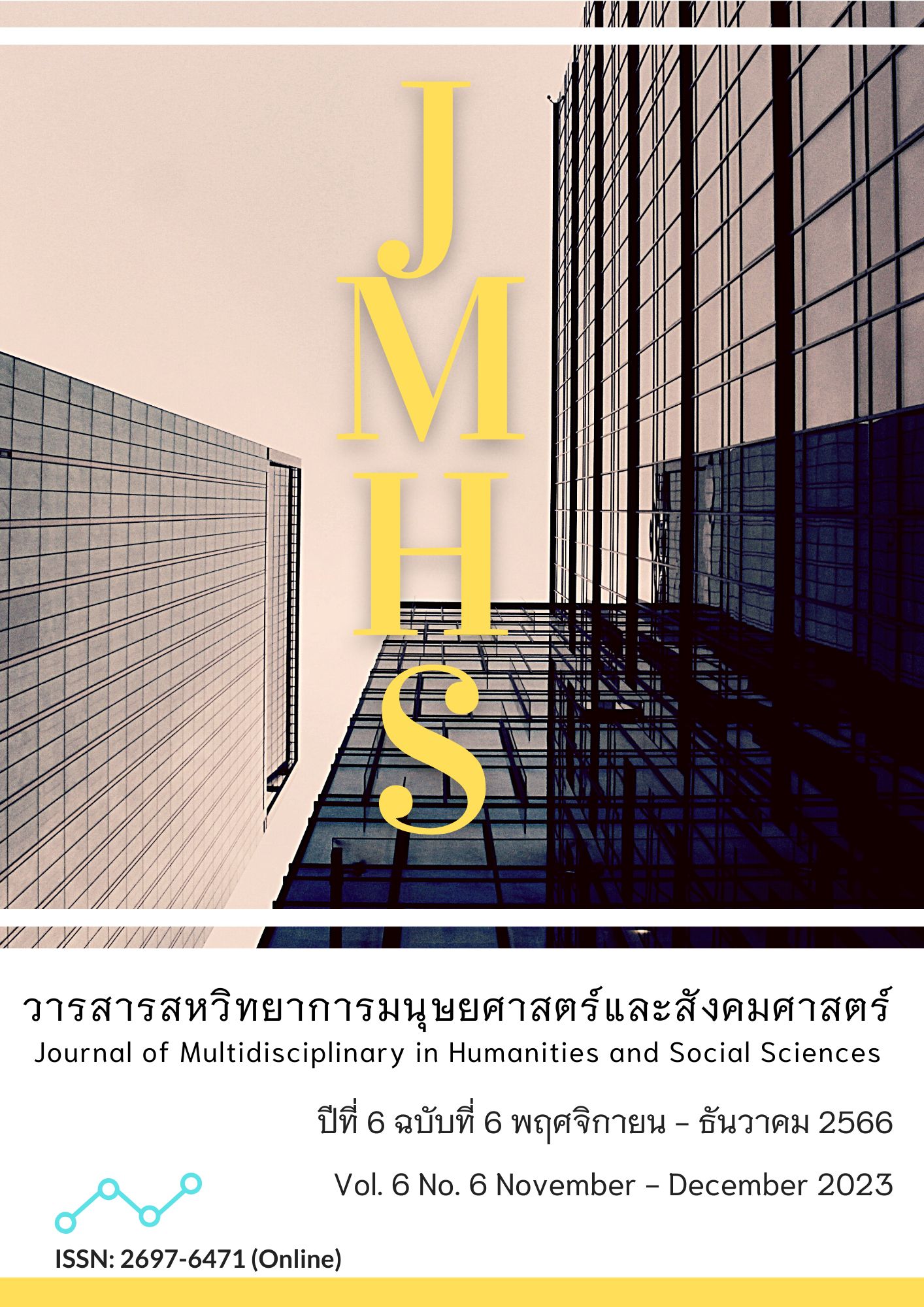Democracy, Press Freedom, and Corruption: Case of South American Nations
Main Article Content
Abstract
This study seeks to find out factors determining corruption in South American nations. To achieve objective, descriptive statistics is provided and followed by panel analysis. The findings drawn from this study suggest that Random Effects model is more appropriate. The results show that democracy, ratio of people older than 65, ratio of government expenditure on military, trade openness as well as GDP per capita reduce the corruption in South American nations. Press freedom, on the contrary, does not have a significant impact on the corruption.
Article Details

This work is licensed under a Creative Commons Attribution-NonCommercial-NoDerivatives 4.0 International License.
Views and opinions appearing in the Journal it is the responsibility of the author of the article, and does not constitute the view and responsibility of the editorial team.
References
Becker, G. S. (1968). Crime and punishment: An economic approach. Journal of Political Economy, 76, 169-217.
Binhadab, N., Breen, M., & Gillanders, R. (2021). Press freedom and corruption in business-state interactions. Economic Systems, 45(4). Retrieved from https://doi.org/10.1016/j.ecosys.2021.100922
Brown, D.S., Touchton, M. & Whitford, A.B. (2005). Political polarization as a constraint on government: evidence from corruption on SSRN. Retrieved from http://ssrn.com/abstract=782845.
Brunetti, A., & Weder, B. (2003). A free press is bad news for corruption. Journal of Public Economics, 87(7-8), 1801-1824.
Center for Systemic Peace. (2021). The polity project. Retrieved from https://www.systemicpeace.org/polityproject.html.
Fardigh, M. A., Andersson, E., & Oscarsson, H. (2011). Re-examining the relationship between press freedom and corruption. Retrieved from https://www.gu.se/sites/default/files/2020-05/2011_13_fardigh_andersson_oscarsson_0.pdf.
Gaspar, V., & Hagan, S. (2016). Corruption: costs and mitigating strategies. Retrieved from https://www.imf.org/external/pubs/ft/sdn/2016/sdn1605.pdf.
Herzfeld, T., & Weiss, C. (2003). Corruption and legal effectiveness: an empirical investigation. European Journal of Political Economy, 19(3), 621-632.
Jetter, M., Agudelo, A. M., & Hassan, A. R. (2015). The effect of democracy on corruption: Income is key. World Development, 74, 286-304.
Kekic, L. (2007). The economist intelligence unit’s index of democracy. The Economist, 21, 1-11.
Kunicova, J., & Rose-Ackerman, S. (2005). Electoral rules and constitutional structures as constraints on corruption. British Journal of Political Science, 35(4), 573-606.
Lederman, D., Loayza, N. V., & Soares, R. R. (2005). Accountability and corruption: Political institutions matter. Economics & Politics, 17(1), 1-35.
Levin, A., Lin, C.F., & Chu, C.S.J. (2002). Unit root testing. Retrieved from https://estima.com/ecourse/samples/PanelSampleChapter.pdf
McMann, K.M., Seim, B., Teorell, J., & Lindberg, S.I. (2017). Democracy and corruption: A global time-series analysis with V-Dem data. Retrieved from https://papers.ssrn.com/sol3/papers.cfm?abstract_id=2941979.
Nurudeen, A., & Staniewski, M. (2019). Determinants of corruption in Nigeria: Evidence from various estimation techniques. Economic Research-Ekonomska Istraživanja, 32(1), 3052-3076.
Pepinsky, T. (2022). Overview: Corruption and democracy in Asia. In Pepinsky, T., Atienza, M.E.L., Hutchinson, F.E. & Hyeok, Y.K., Democracy. Retrieved from https://www.brookings.edu/wp-content/uploads/2022/12/FP_20221213_democracy _asia_corruption.pdf.
Stapenhurst, R. (2000). The media's role in curbing corruption. Retrieved from https://citeseerx.ist.psu.edu/document?repid=rep1&type=pdf&doi=d999111cf4f9d758c4f54c4f8cade452c2cc0801.
Suphachalasai, S. (2005). Bureaucratic corruption and mass media. Retrieved from https://papers.ssrn.com/sol3/papers.cfm?abstract_id=722403.
Tittle, C. (1980). Sanctions and social deviance: The question of deterrence. New York: Praeger.
Torgler, B., & Valev, N. T. (2006). Corruption and age. Journal of Bioeconomics, 8(2), 133-145.
Transparency International. (2021). Full 2020 materials. CPI Full Data Set. Retrieved from https://www.transparency.org/en/cpi/2020
Treisman, D. (2000). The causes of corruption: A cross-national study. Journal of Public Economics, 76(3), 399-457.
UNCTAD. (2022). Foreign direct investment to Latin America rebounded by 56% in 2021. Retrieved from https://unctad.org/news/foreign-direct-investment-latin-america-rebounded-56-2021.
UNODC. (2021). The role of the media in fighting corruption. Retrieved from https://www.unodc.org/e4j/en/anti-corruption/module-10/key-issues/the-role-of-the-media-in-fighting-corruption.html.


